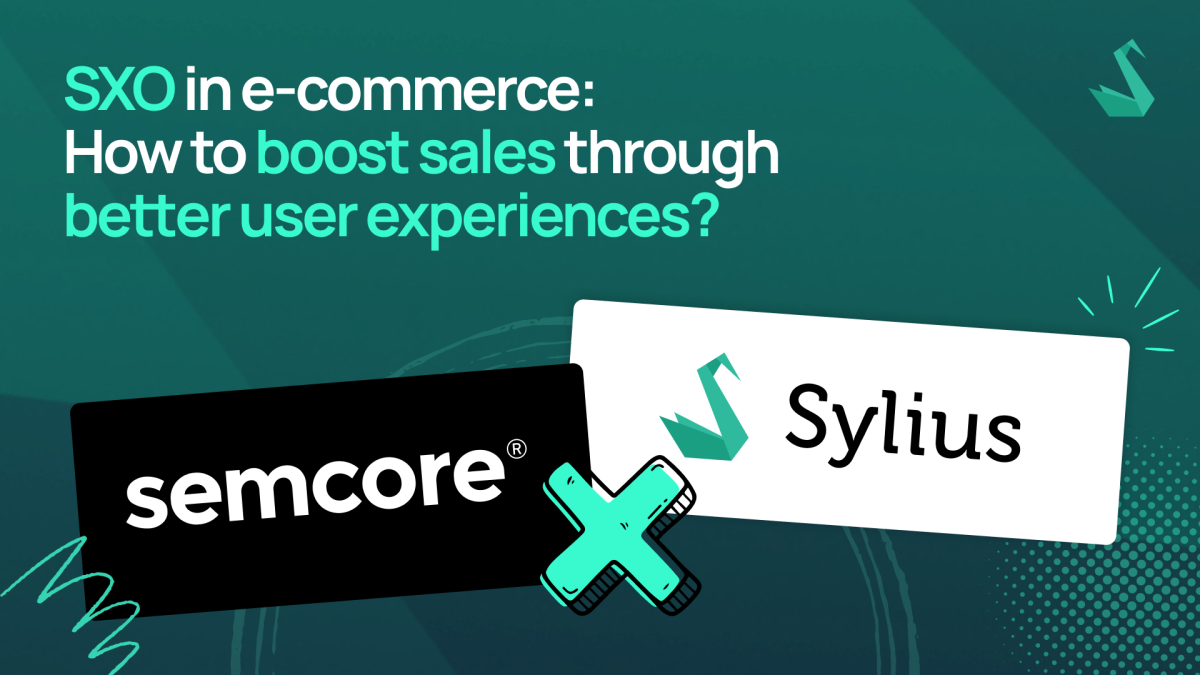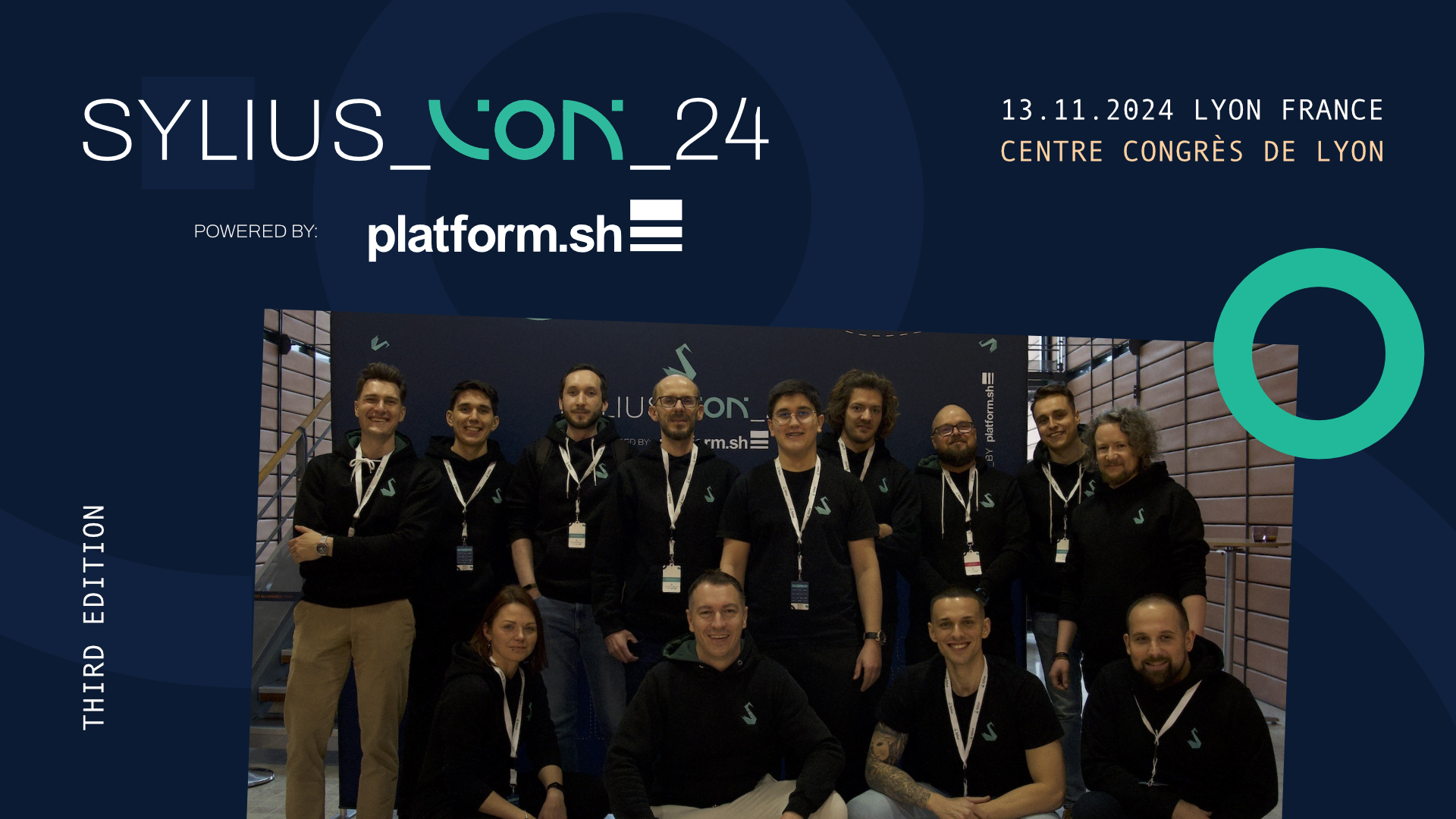
We are delighted to announce a new partnership with Semcore, an agency specializing in SXO (Search Experience Optimization), which has joined us as a Professional Solution Partner.
This is our first collaboration of this kind, aimed at advancing Sylius not only technologically but also in marketing and sales, especially SEO. Thanks to the initiative of the Semcore team, you can already read their first contribution, an article prepared especially for the Sylius community that explains what SXO really is and how to use its potential effectively in eCommerce.
Read it for yourself!
Ranking high on Google is just the first step toward e-commerce success – but only the first. What users actually see once they land on your site has a much bigger impact on sales than how many people click your link in the search results. This is where SXO comes in – the combination of traditional SEO with UX optimization. How does this approach translate into better conversions? Let’s dive in.
Traditional SEO – built on keywords and link building – answers one question: how do you drive more traffic to your site than your competition?
SXO, or Search Experience Optimization, goes one step further. First, it aims to maximize search engine traffic while ensuring the people landing on your site are actually interested in what you’re offering. Then it converts that traffic into real actions – actual conversions.
User experience is everything a user encounters on your store’s site: from that first click all the way to the order confirmation screen. In e-commerce, UX has one straightforward job: to guide potential customers toward making a purchase. Simple as that, yet complex in execution, because this path involves several key elements.
One of the most important UX principles is that users shouldn’t have to think about how your site works. Your store should feel transparent and predictable, so visitors always know what to do next. This means:
Where do customers make their purchase decisions? Usually on the product page. That’s also where they’re looking for answers to questions like: “Is this the product I need?” “Is it available?” “Can I trust it?” and so on.
That’s why:
According to analysis by the Baymard Institute, an average of 70% of shopping carts get abandoned, with most happening during checkout. In an ideal scenario:
These are just a few pointers. If you’re thinking about developing your store toward better UX, check out Semcore – Poland’s first agency that combined SEO positioning with UX in a cohesive strategy – and consider an SXO audit. Improving user experience doesn’t require rebuilding your entire site; sometimes it’s enough to restructure category organization, simplify navigation a bit, and refine your forms. A professional audit will help you identify the areas that are actually worth focusing on.If you want to see how the biggest players in Polish e-commerce drive traffic to their sites, we also recommend Semcore’s case study, What Really Works in SEO? You’ll find 30 detailed case studies from well-known (and some smaller) brands, plus 250 tactics that deliver results.


